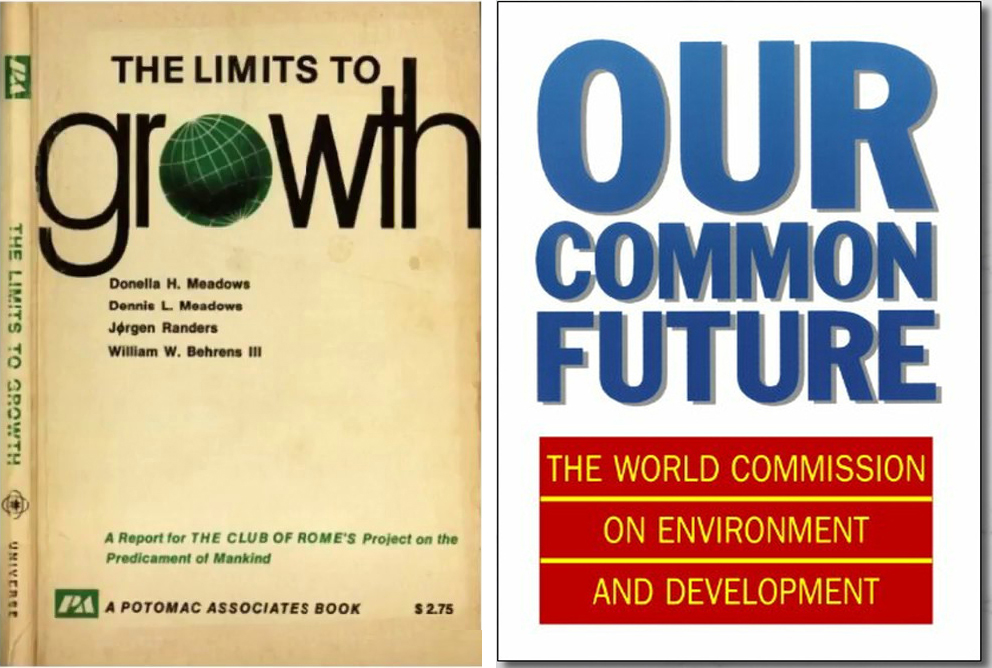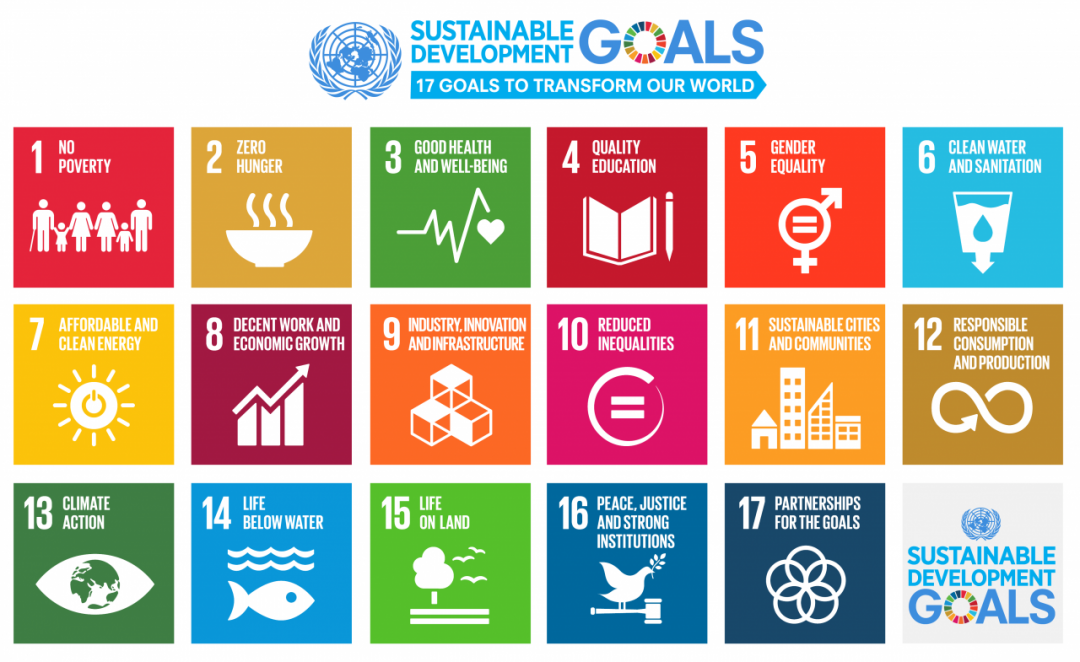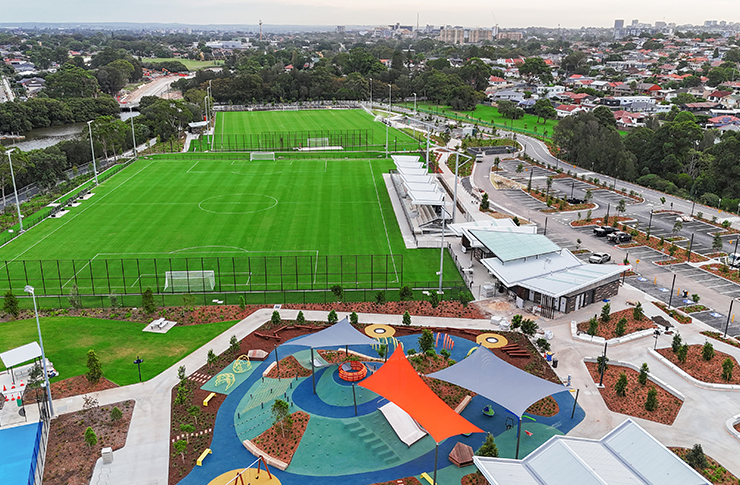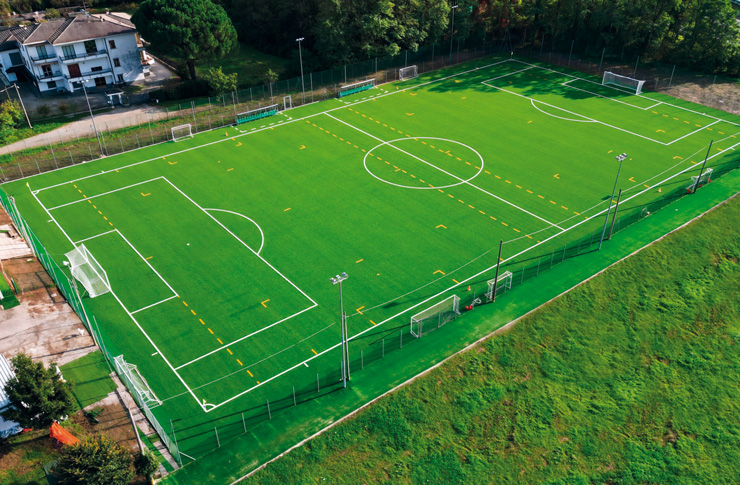Sustainable designing Special Report – 1. Sustainable design is the design of products and processes optimising the consumption of raw materials and energy to minimize environmental impact. Standards and certification requirements guide us at a time when a new sensitivity to the environment is emerging, which, with the climate crisis, is sending us urgent danger signals.
The limits to growth and the sustainable designing

(Ph. PopTika/Shutterstock)
The other topics of the Sustainable Designing Special Report:
- 2 – Minimum Environmental Criteria for Designers
- 3 – The climate crisis: mitigation and adaptation
- 4 – Venice 2023: from architecture to art, climate in evidence
- 5 – Sustainability in the new FIFA Guidelines
- 6 – The sustainability of sports facilities.
- 7 – Large North American sports facilities
- 8 – Aarhus + Forest Green Rovers: a vision of environmentally sustainable stadiums
- 9 – Parma: complementary spaces for the Anna Frank School.

In 1972 the Report on the Limits to Growth (Donella H. Meadows; Dennis L. Meadows; Jørgen Randers; William W. Behrens III, 1972), commissioned by the ‘Club of Rome’ (a non-governmental association founded in 1968 by Aurelio Peccei) caused a global resonance. The report outlined the consequences of the continued growth of the world’s population on the earth’s ecosystem, with the depletion of resources and the risk to the very survival of mankind.
The concept of ‘sustainable development’ did not appear until 1987, in the Bruntland Report (‘Our Common Future’) by the World Commission on Environment and Development (WCED). This was the definition given by the then president of the WCED, Gro Harlem Brundtland:
“Humanity has the ability to make development sustainable to ensure that it meets the needs of the present without compromising the ability of future generations to meet their own needs”.
Inspired by these principles, Sustainable Design is the design of products and processes by optimising the consumption of raw materials and energy to minimise environmental impact.
On 25 September 2015, the governments of the 193 member countries of the United Nations signed the 2030 Agenda for Sustainable Development: an action programme for people, planet and prosperity, organised into 17 Sustainable Development Goals (SDGs). The related environmental, economic, social and institutional targets should be achieved by 2030.

The principle of ‘Do No Significant Harm’ (DNSH) was created to combine economic growth and ecosystem protection, ensuring that investments are made without harming environmental resources. Introduced by EU Regulation 2020/852, DNSH identifies six criteria to determine how each economic activity contributes substantially to the protection of the ecosystem without harming any environmental objectives.










